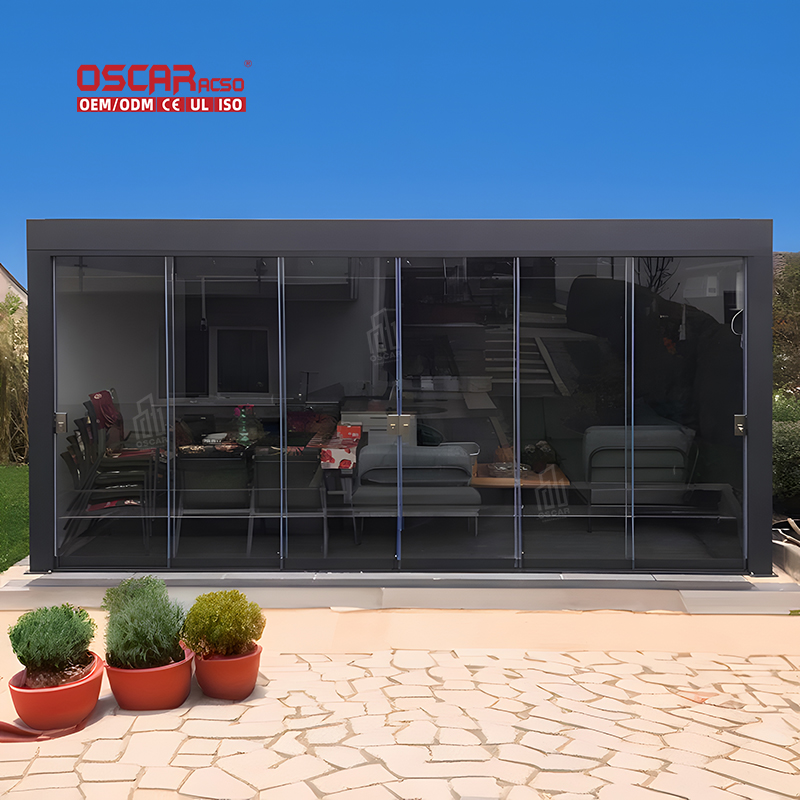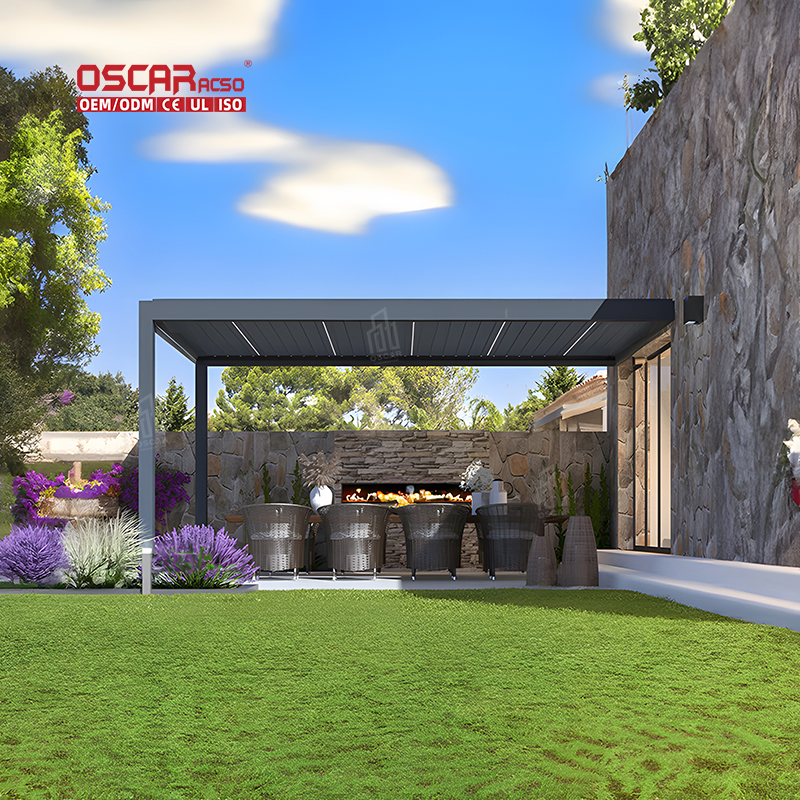Gazebo in Gaming, Unveiling the Costs and Virtual Wonders
Ever wondered how much a gazebo costs in your favorite game? 🎮 The answer isn\'t always straightforward, as it spans ...
Ever wondered how much a gazebo costs in your favorite game? 🎮 The answer isn’t always straightforward, as it spans from completely free assets in open-source simulators to premium, intricately designed structures in commercial titles. This architectural feature, often symbolizing tranquility and social hubs, adds both aesthetic and functional value to digital worlds. Let’s explore the economic and creative landscape of gazebos across gaming and simulation platforms.
.jpg)
What Exactly Is a Gazebo in Digital Spaces?
In gaming and simulation, a gazebo is typically a modeled structure, often found in parks, gardens, or town squares. It serves various purposes:
- •
Aesthetic Decoration: Enhances environment realism and visual appeal.
- •
Interactive Hub: Acts as a meeting point, quest location, or safe zone.
- •
Simulation Element: In robotics simulators like Gazebo, it can be part of a testing environment for algorithms navigating complex structures.
.jpg)
Its design can range from simple polygonal models to highly detailed assets with realistic textures, influencing its “cost” in development resources or real money.
The Price Spectrum: From Free to Premium
The cost of a gazebo in a game depends heavily on the context:
- •
Open-Source & Free Assets: Many development platforms, like Gazebo Simulator (used heavily in robotics), offer a vast library of free models and environments. Here, a gazebo model costs nothing but the time to download and import it. Similarly, games with robust workshop support (like Minecraft with mods) often have free gazebo blueprints.
- •
In-Game Purchases: In some mobile or AAA games, a decorative gazebo might be a premium item purchasable with real currency. Prices can vary widely, from a few dollars in a mobile game to potentially more in a game with a complex virtual economy.
- •
Development Cost: For developers, the “cost” involves artist/designer time for modeling, texturing, and implementation. This isn’t a direct price tag but a resource investment.
Gazebo Simulator: A Powerful (and Free) Tool
It’s impossible to discuss “gazebo” and “game” without highlighting Gazebo Simulator. This isn’t a game asset but a powerful open-source robotics simulation platform. It allows developers to test robot algorithms in highly realistic 3D environments, which can include structures like gazebos.

- •
Cost: The Gazebo Simulator itself is free to use. Its value lies in saving immense time and money by testing robots virtually before real-world deployment.
- •
Function: It simulates physics, sensors, and complex environments, making a virtual gazebo a potential obstacle or navigation target for a robot.
- •
Community Resources: Users often share world files and models (like gazebos) for free, enriching the ecosystem without direct cost.

Factors Influencing the Virtual Gazebo’s “Price”
Several elements affect the cost or resource investment of a gazebo in a game:
.jpg)
- •
Platform & Game Economy: Is it a free-to-play mobile game relying on microtransactions or a paid PC title? The underlying business model is a key driver.
- •
Level of Detail (LOD): A simple, low-poly gazebo is cheap to produce. A highly detailed, next-gen asset with custom animations and interactive elements requires more work, increasing its cost.
- •
Customization & Uniqueness: A unique, signature gazebo design for a specific game will cost more in development than a generic, store-bought asset.
- •
Interactive Functionality: If the gazebo provides buffs, serves as a fast-travel point, or hosts mini-games, its developmental “cost” increases significantly.
Beyond Currency: The Value of Gazebos in Game Design
The true value of a gazebo often transcends its direct cost. It’s about the ambiance and gameplay depth it provides:
- •
Creating Atmosphere: They can establish a mood—a peaceful retreat, a spooky landmark, or a elegant centerpiece.
- •
Driving Narrative: Many games use structures like gazebos as key locations for story events, conversations, or discoveries.
- •
Enhancing World-Building: They make virtual worlds feel lived-in and designed, not just empty landscapes.
Personal Insight: The Future of Virtual Structures
As game worlds become more expansive and immersive, the line between pure decoration and interactive world elements will blur. Gazebos might evolve from static props into dynamic spaces powered by AI—perhaps offering unique services, changing based on in-game time, or even being destructible. In open-source simulators like Gazebo, we might see them become even more realistic, interacting physically with simulated rain, wind, or robots navigating around them. The “cost” will then also reflect the complexity of these systems, but the goal remains: to create richer, more engaging digital experiences for players and developers alike. 🌐

